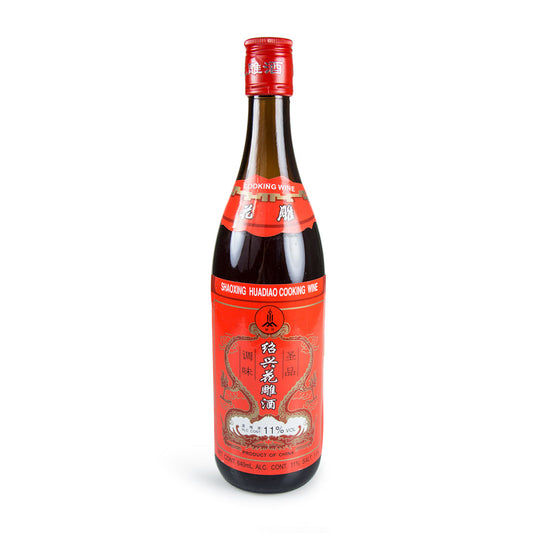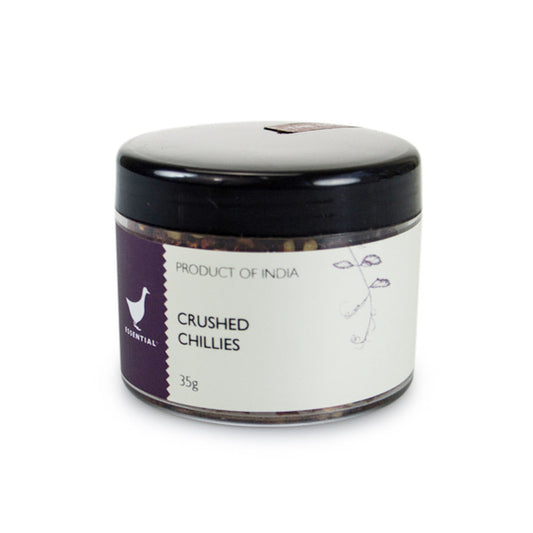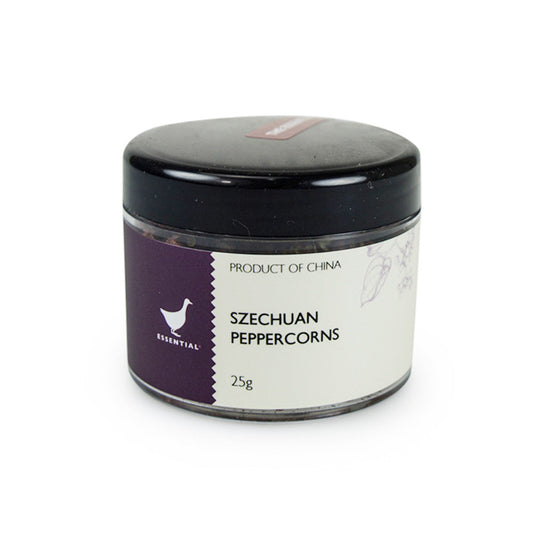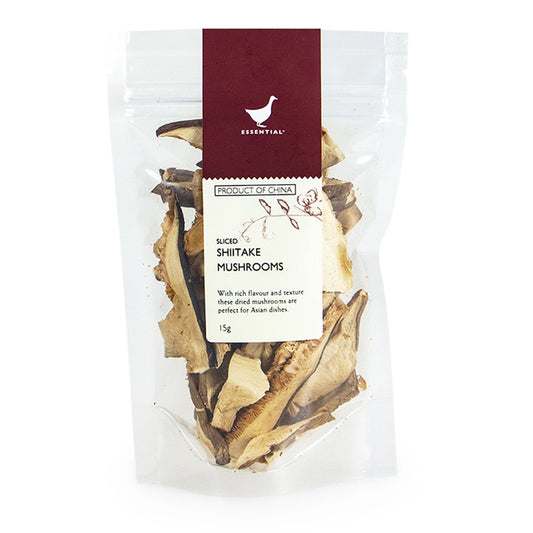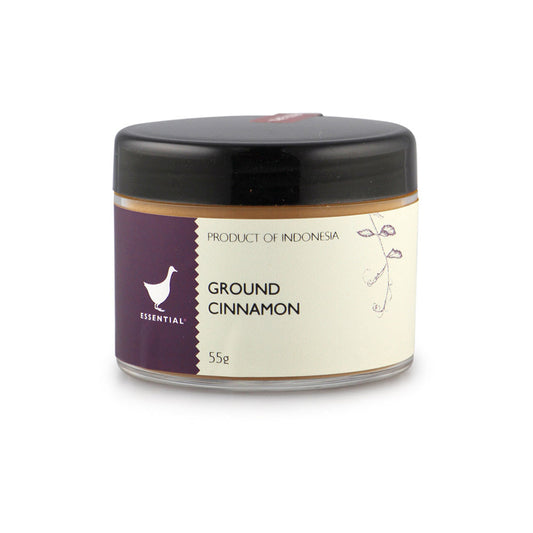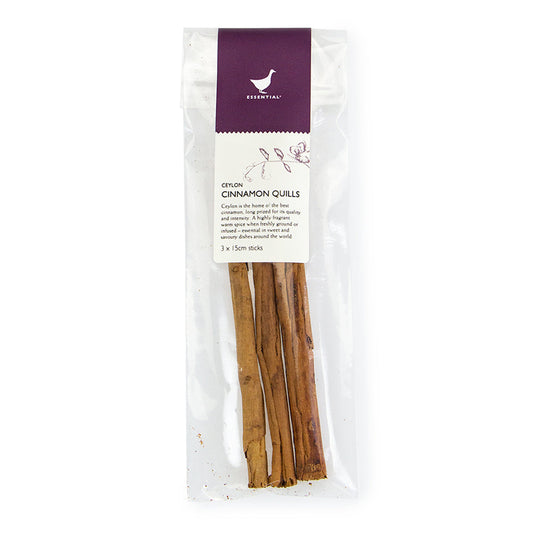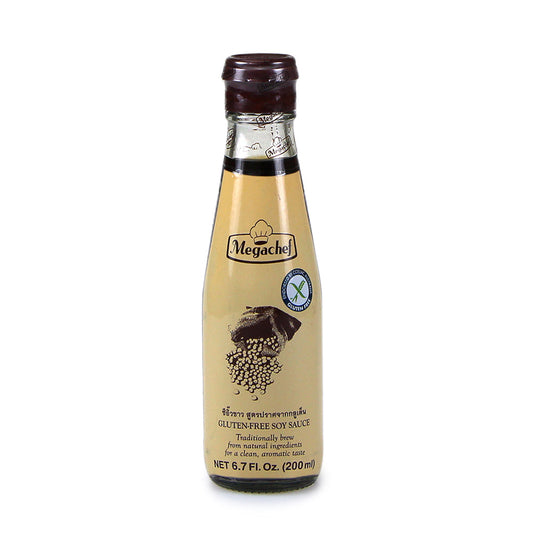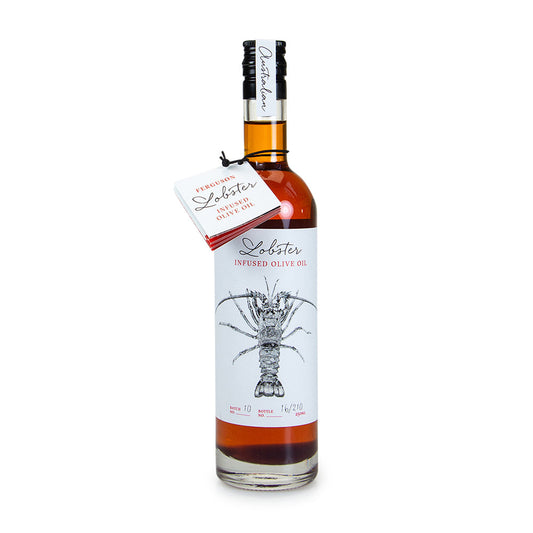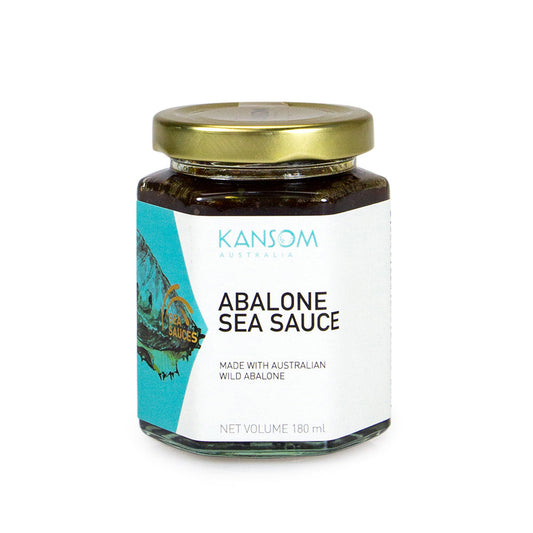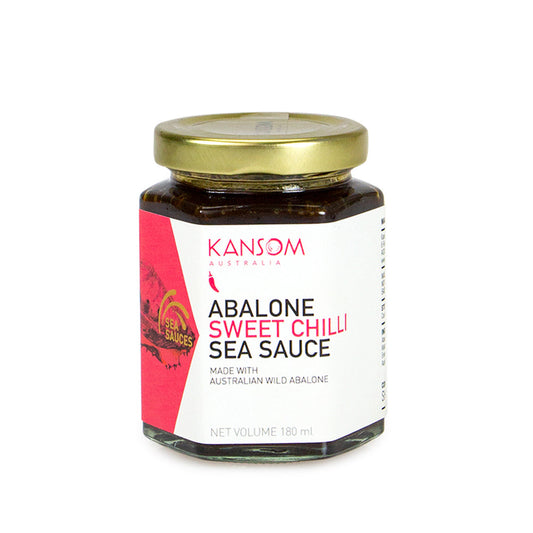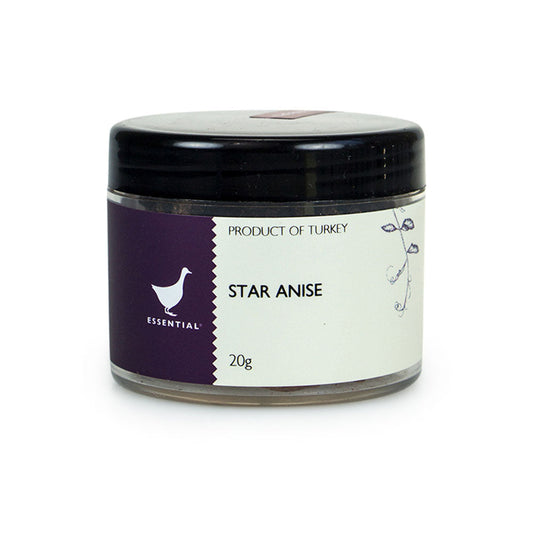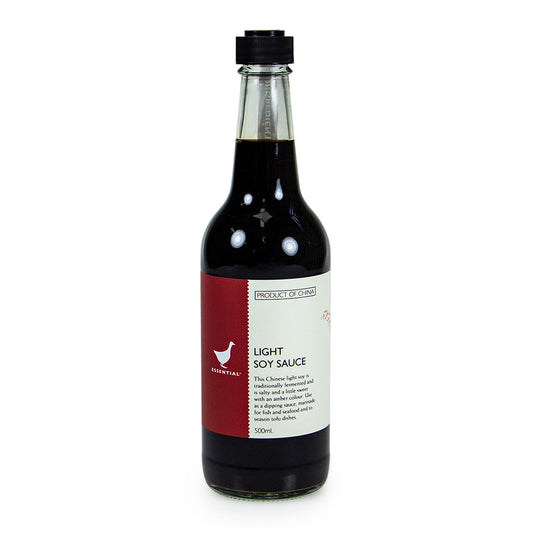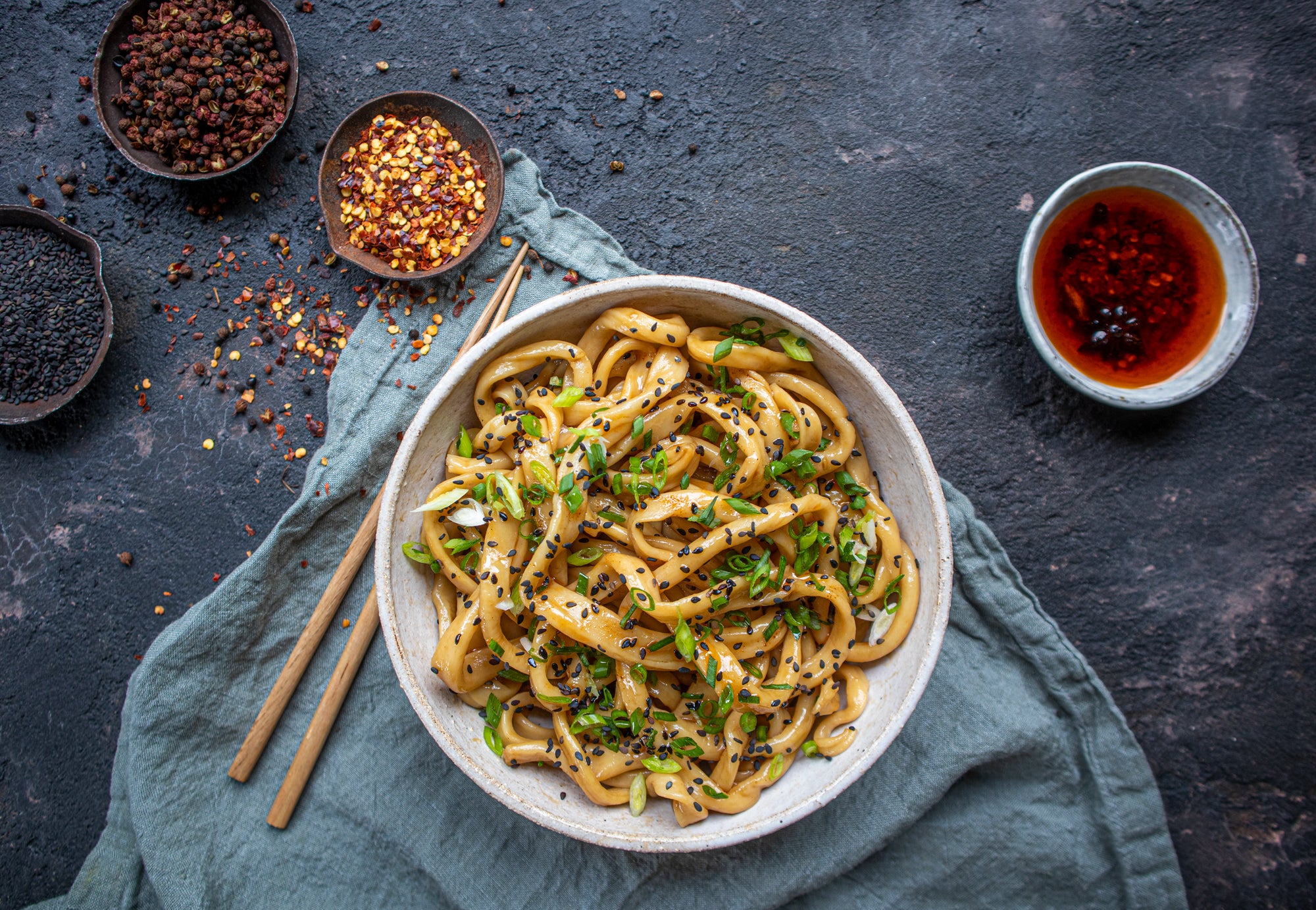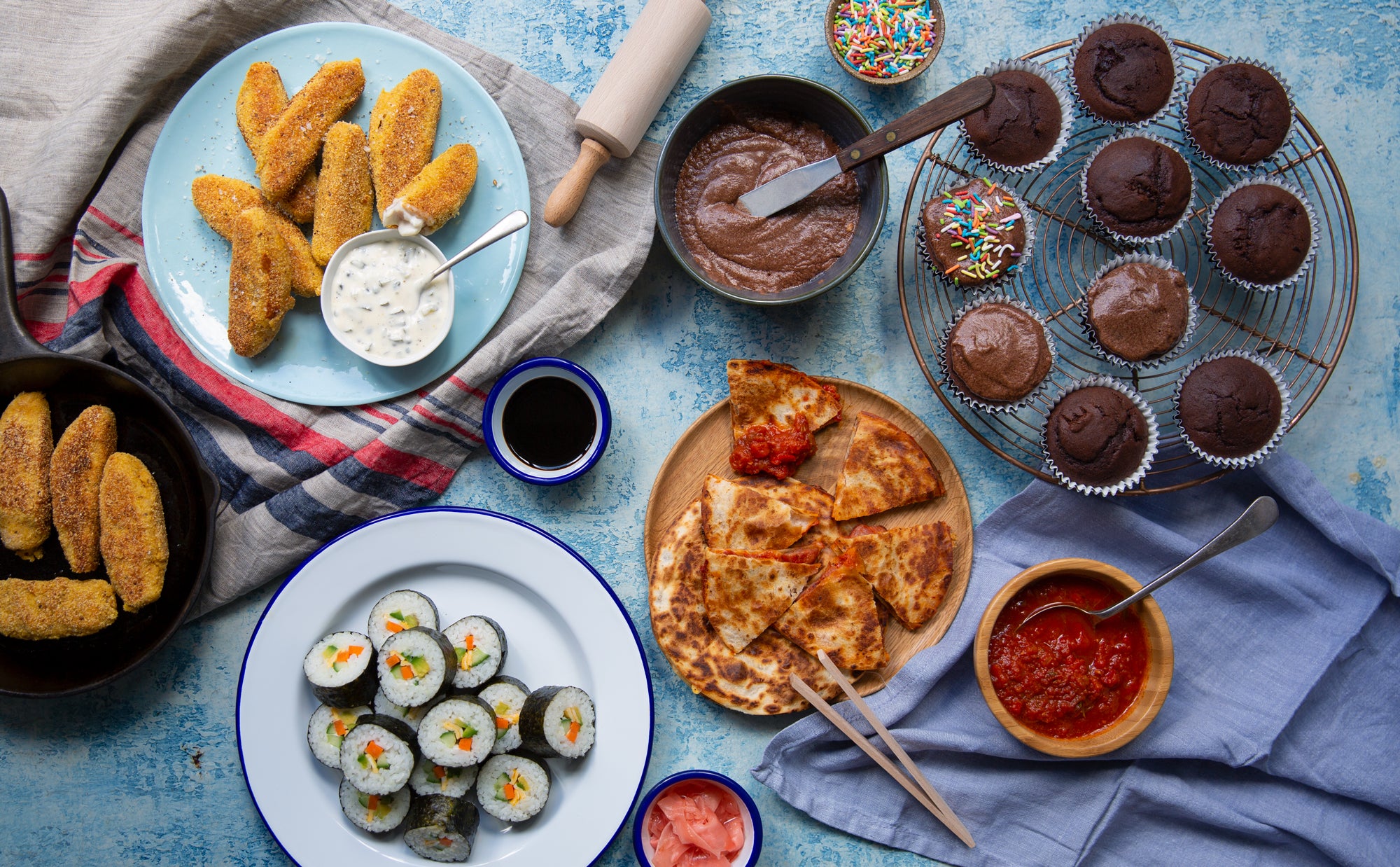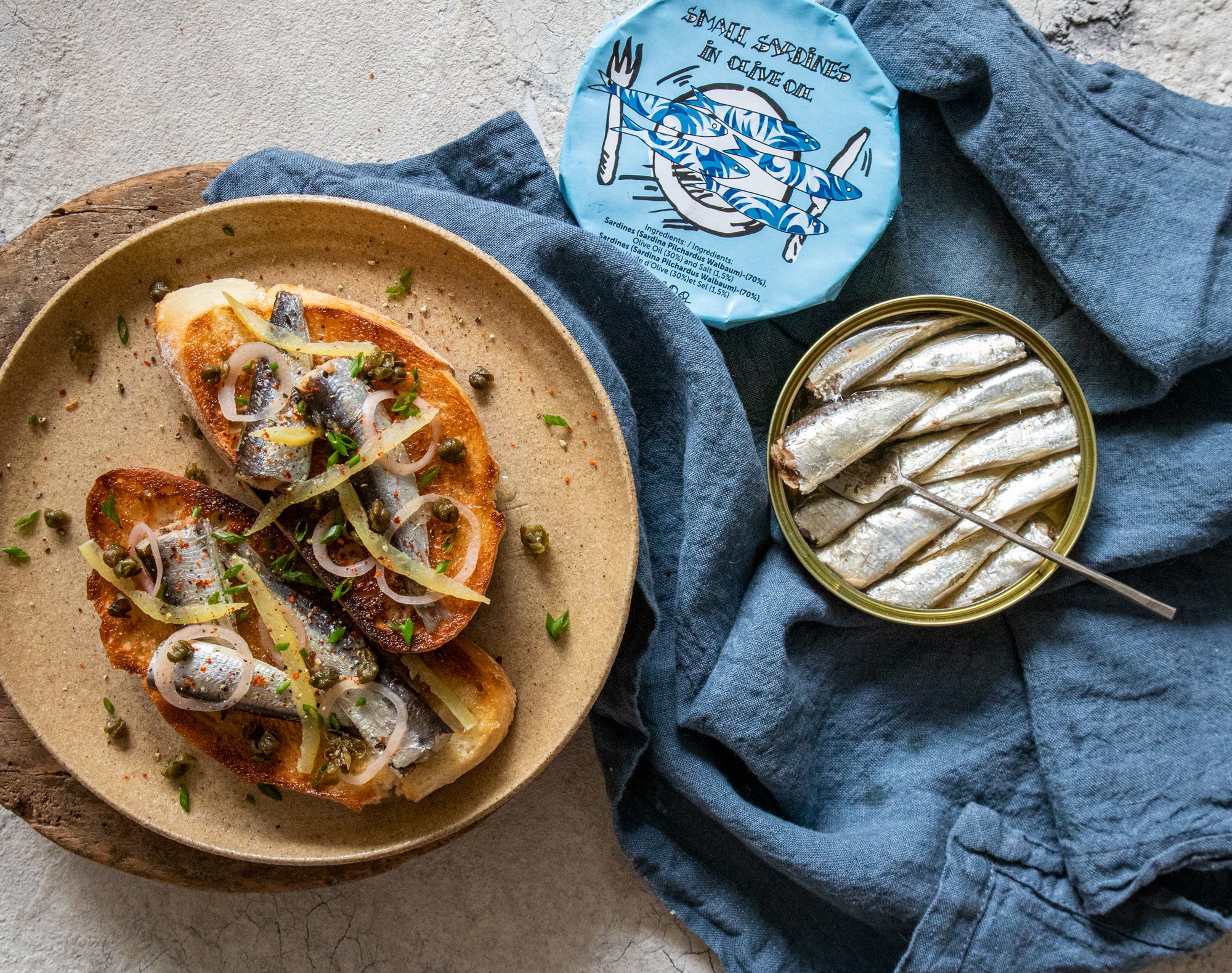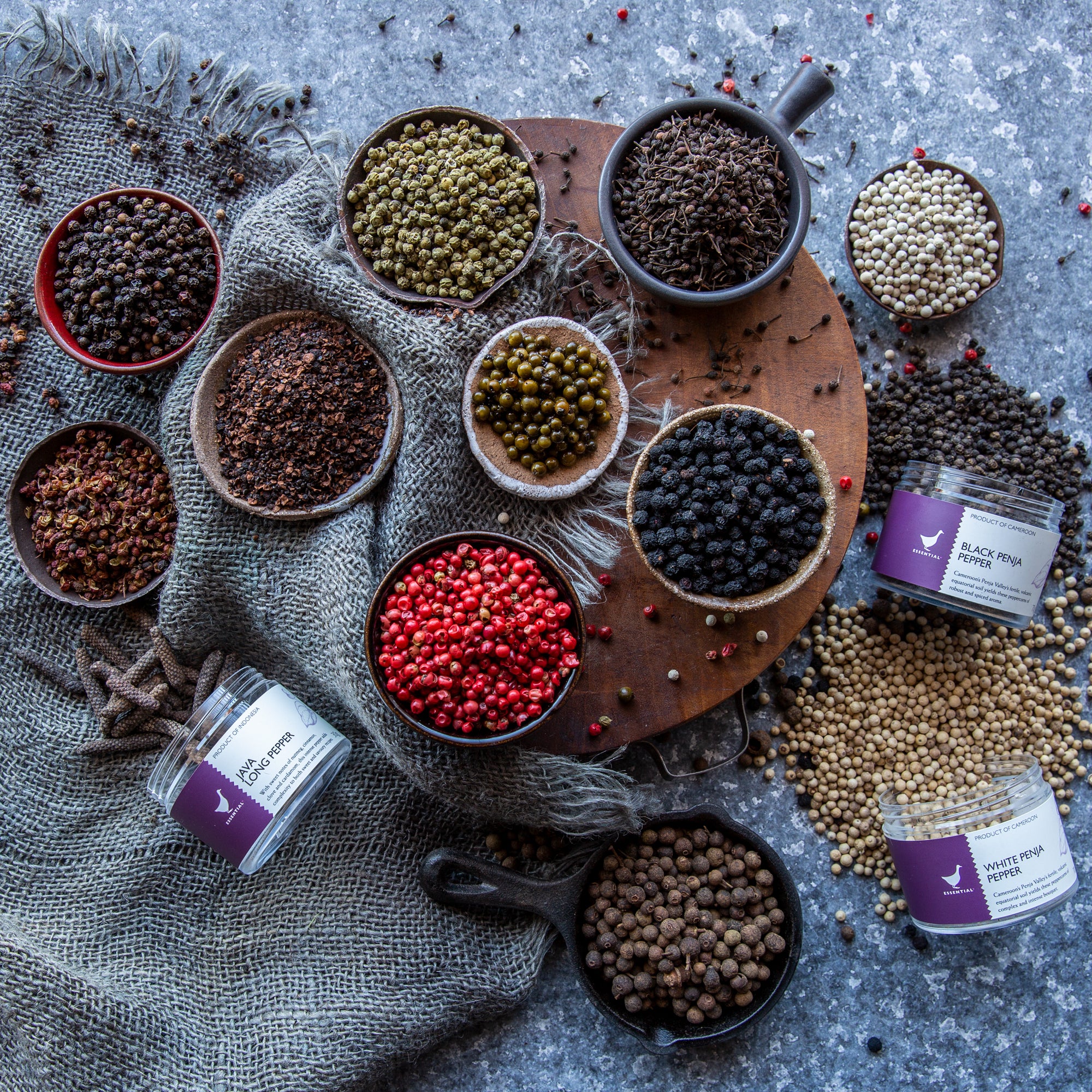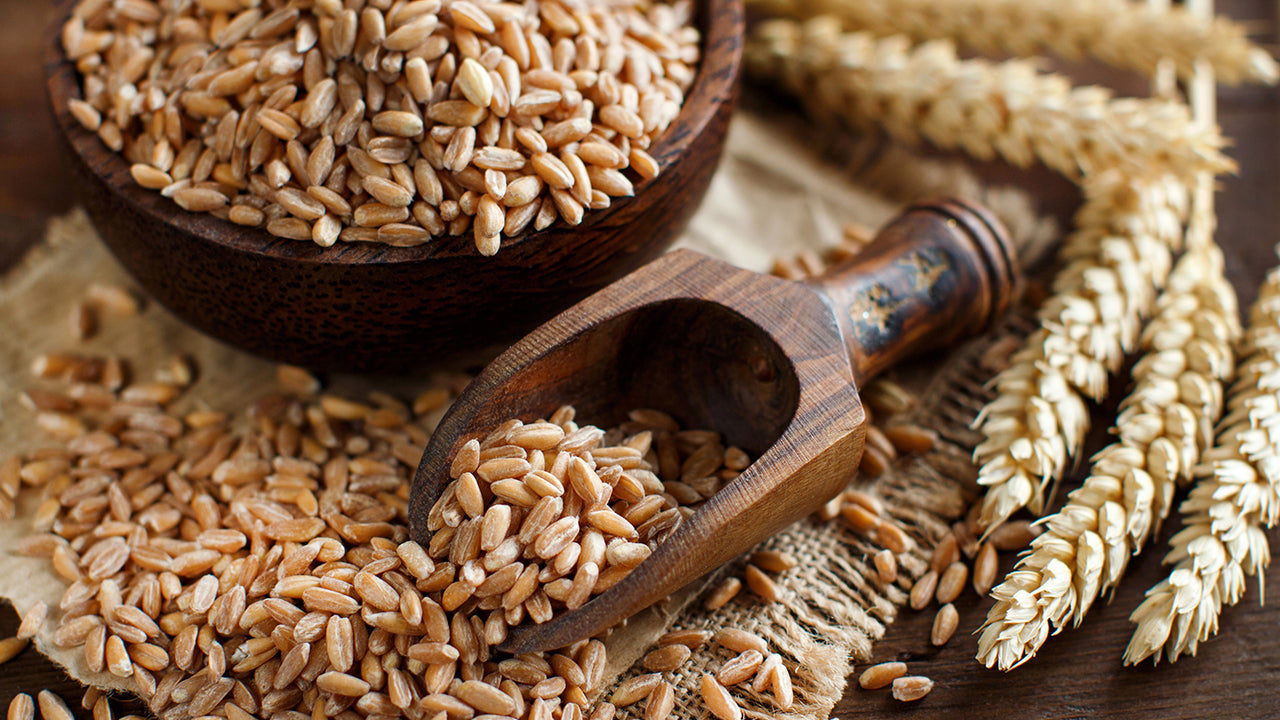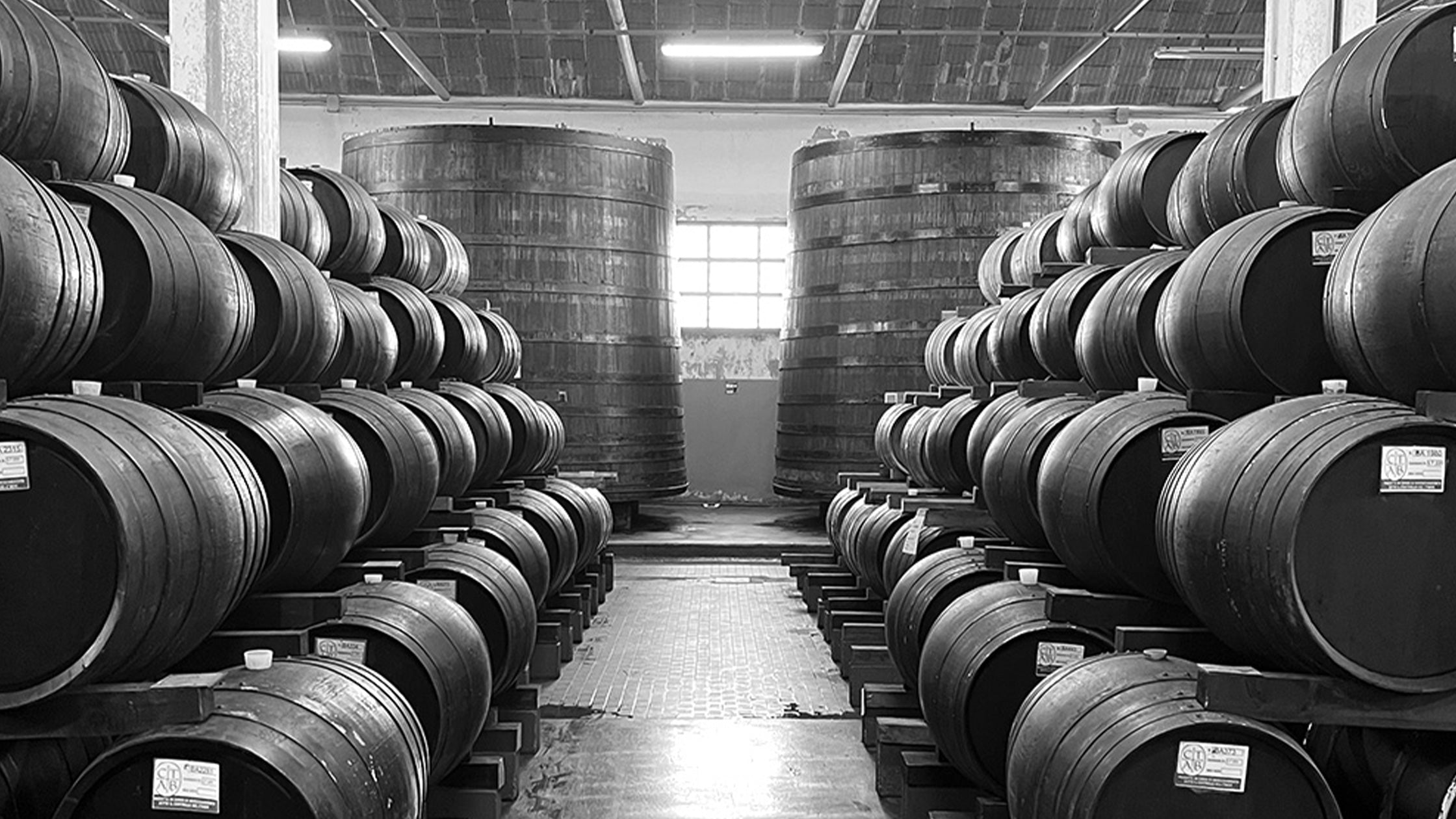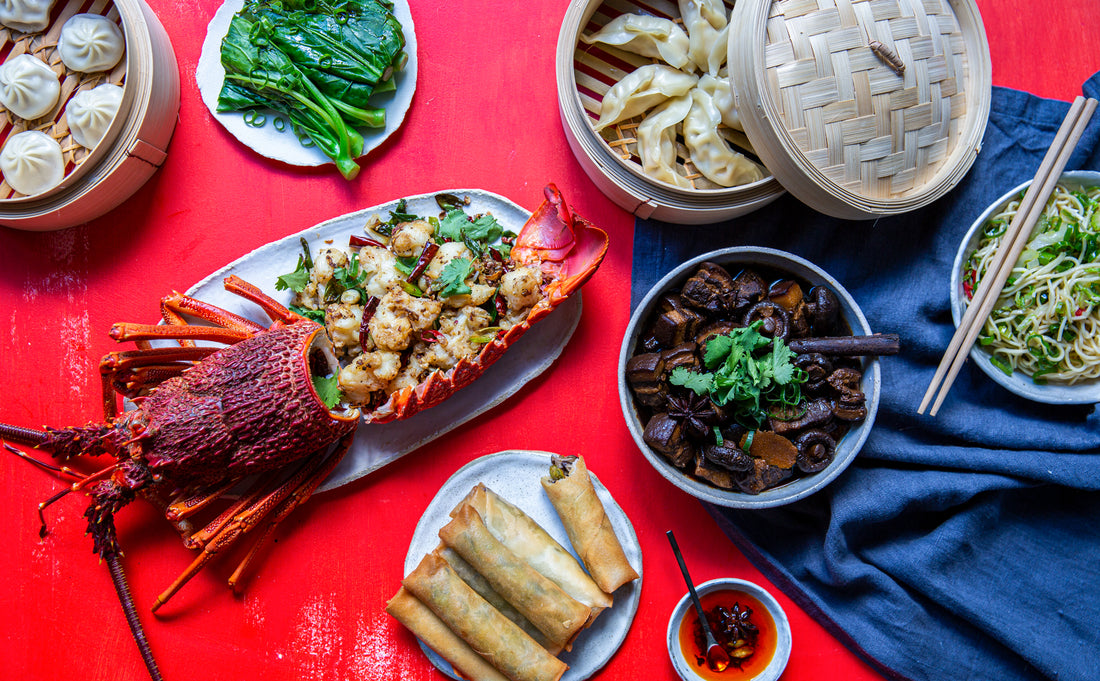
Lunar New Year and the traditions of Chinese cuisines
Last updatedThough Chinese food has been a fixture of Australia's food landscape for generations, the food of China is far more diverse than has historically been represented in our country's ubiquitous Chinese restaurants.
Broadly speaking, staples like sweet and sour pork, fried rice and honey chicken are localised interpretations of Cantonese dishes, but Chinese food in Australia is evolving as we continue to embrace our multicultural roots, and we are being rewarded with access to the food of Szechuan, Hunan, Shandong and other regions.
As delicious - and richly varied - as these cuisines are, they offer more than just sustenance to those that uphold them. Food, to many people of Chinese heritage, is a deeply symbolic part of life.
At no time is this more important than during Lunar New Year, where everything that graces the table is said to alter the fortunes of those that sit around it.
Serving a whole fish at LNY, for example, is said to represent the intent to finish everything you start. Facing the head of the fish towards family (or community) elders is also considered a sign of respect.
We've taken advantage of Australia's incredible seafood by serving a local southern rock lobster fried with our aromatic and flavourful Szechuan peppercorns, chilli, spring onions, garlic and ginger in the traditional Szechuan style.
Noodles represent longevity, so we've tossed some stir-fried egg noodles with celery, cabbage and a good drizzle of our incredible Australian-made Ferguson Lobster-infused oil, along with a splash of soy sauce for seasoning. It's the perfect accompaniment to the lobster, but just as delicious on its own.
Due to their resemblance to gold bars, spring rolls are said to invite wealth into the home. A filling of seasonal vegetables invokes abundance, given a textural and umami hit with finely sliced dried shiitake mushrooms, rehydrated and soaked with a splash of Chinese cooking wine and good quality soy sauce.
Dumplings too are an indicator of fortune, with the more you're able to eat said to indicate the fortune you will accrue throughout the year. A homemade chilli oil made by gently heating then infusing peanut oil with Szechuan peppercorns, star anise, cinnamon and chilli flakes is a perfect accompaniment, drizzled over a bowl of equal parts soy sauce and black vinegar.
To round out the feast, we've steamed a bundle of gai lan (Chinese broccoli) then tossed it through Kansom's exceptional Australian-made Abalone Sea Sauce, a complex and delicious variation on oyster sauce.
More rehydrated dried shiitake mushrooms are braised with chunks of pork belly, simmered in a mix of soy, Shaoxing Chinese cooking wine and the liquor from the soaked mushrooms, the resulting rich stew served with steamed rice.
As with any other cuisine, the key to a successful Chinese feast - whether you celebrate Lunar New Year earnestly and take heed of the many symbolic traditions, or simply enjoy any opportunity to indulge - is treating quality ingredients with care. And if putting a little extra thought into the dishes we choose to serve on this day brings us a little extra luck and fortune, who are we to argue?
Gong Xi Fa Cai!

